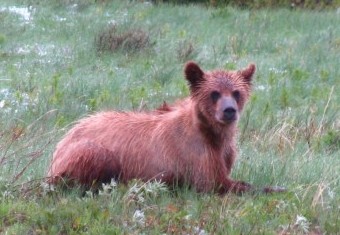

Abstract
Dynamic forces, including climate and land use change (e.g. new housing developments, resource extraction), increasingly threaten species. New tools are required for adaptively monitoring and managing populations in the face of this uncertainty. I will combine two highly flexible tools (integrated population models and adaptive monitoring designs) to create a new approach to rapidly identify root causes of population decline and direct management to conserve populations. Integrated population models can be used to jointly analyze datasets that have historically been examined separately. This increases the precision of demographic estimates (e.g. reproduction, survival, movement) by essentially increasing sample size. Estimating demographics in a more spatially explicit way will tell managers whether demographics are changing across the whole system or only in specific areas. Incorporating the influence of environmental covariates such as the amount of riparian habitat may inform understanding of the cause of any increases or decreases in population size. Adaptive monitoring provides flexibility to managers. They can identify the most efficient monitoring in a year for 1) a given or reduced budget, 2) a particular level of desired precision, or 3) other criteria such as a desire to monitor an adaptive management program in combination with ongoing long-term monitoring. I will also investigate whether combining datasets analytically gives broader leeway to use different monitoring methods in separate areas. This may permit the use of less-invasive methods where land-use policies direct managers to minimize impacts on wildlife or less-expensive methods in less accessible locations.
To develop this framework, I will use datasets from a population of grizzly bears in northwestern Montana and several smaller populations in Alberta. I will combine these datasets with simulations to better understand the limits of this approach. This work will improve our ability to identify emerging threats to populations, expand management options for policymakers, and directly inform monitoring for grizzly bears to ensure their long term conservation.
